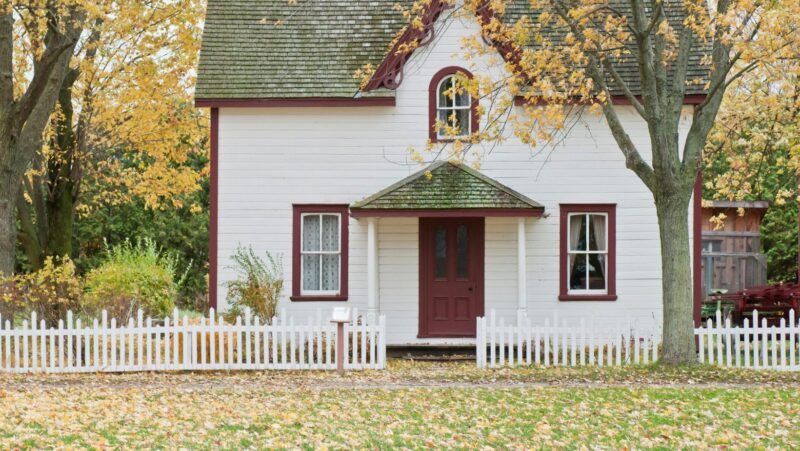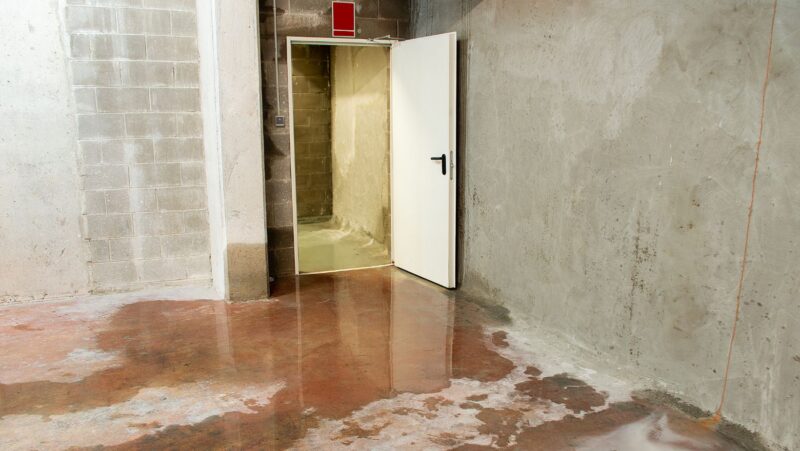
The width of a drywall ceiling can vary depending on the type of drywall used and the desired look. The most common type of drywall is 1/2 inch thick, but other thicknesses are available. The thinnest drywall available is 1/4 inch thick, while the thickest is 5/8 inch thick.
As a homeowner, you’re probably familiar with the sight of a water stain on your ceiling. While this might not be an immediate emergency, it’s definitely something that you’ll want to take care of as soon as possible. One of the easiest ways to do this is by installing a drywall ceiling. In this blog post, we’ll discuss the benefits of drywall ceilings and share some tips on how to install them yourself.
What thickness drywall for ceiling?
There are different types of drywall, so the best thickness for your ceiling will depend on the specific product you’re using. For example, 1/2-inch thick drywall is the most common type used in homes. However, other thicknesses are available, ranging from 1/4 inch to 5/8 inch.
If you’re not sure which thickness of drywall to use for your ceiling, it’s best to consult with a professional. They will be able to recommend the best product for your specific needs.
What is the width of a drywall ceiling?
The width of a drywall ceiling can vary depending on the type of drywall used and the desired look. The most common type of drywall is 1/2 inch thick, but other thicknesses are available. The thinnest drywall available is 1/4 inch thick, while the thickest is 5/8 inch thick.
When it comes to the width of a drywall ceiling, the sky is the limit. You can find drywall in a variety of widths, from 4 feet to 16 feet wide. The width you choose will depend on the size of your room and the look you’re going for.
How to measure the width of a drywall ceiling
To measure the width of a drywall ceiling, you will need to take three measurements. First, measure the length of the room. Next, measure the width of the room. Finally, measure the height of the ceiling. Once you have these three measurements, you can calculate the square footage of the ceiling.
To find the width of the drywall, simply divide the square footage by the length of the room. For example, if the room is 10 feet long and 10 feet wide, the square footage would be 100. If the ceiling is 8 feet high, the width of the drywall would be 12.5 feet (100/8).
What are the benefits of having a wider drywall ceiling?
There are a few benefits to having a wider drywall ceiling. First, it can make the room feel more spacious. Second, it can help to reduce noise levels. Third, it can provide better insulation against heat and cold.
Drywall ceilings are a popular choice for many homeowners because they provide a finished and polished look. There are a few different options when it comes to drywall ceilings, but one of the most popular is the wider version. Here are some of the benefits of having a wider drywall ceiling.
How to install a wider drywall ceiling
If you’re planning on installing a wider drywall ceiling, you’ll need to follow the same steps as you would for a standard installation. First, measure the room and calculate the square footage. Next, determine the width of the drywall you’ll need.
Once you have these two measurements, you can mark out the area where the drywall will go. It’s important to use a level when doing this, so your ceiling doesn’t end up crooked. Once the area is marked, you can cut the drywall to size and install it using screws or nails. If you’re using screws, make sure to predrill the holes to avoid splitting the drywall.












